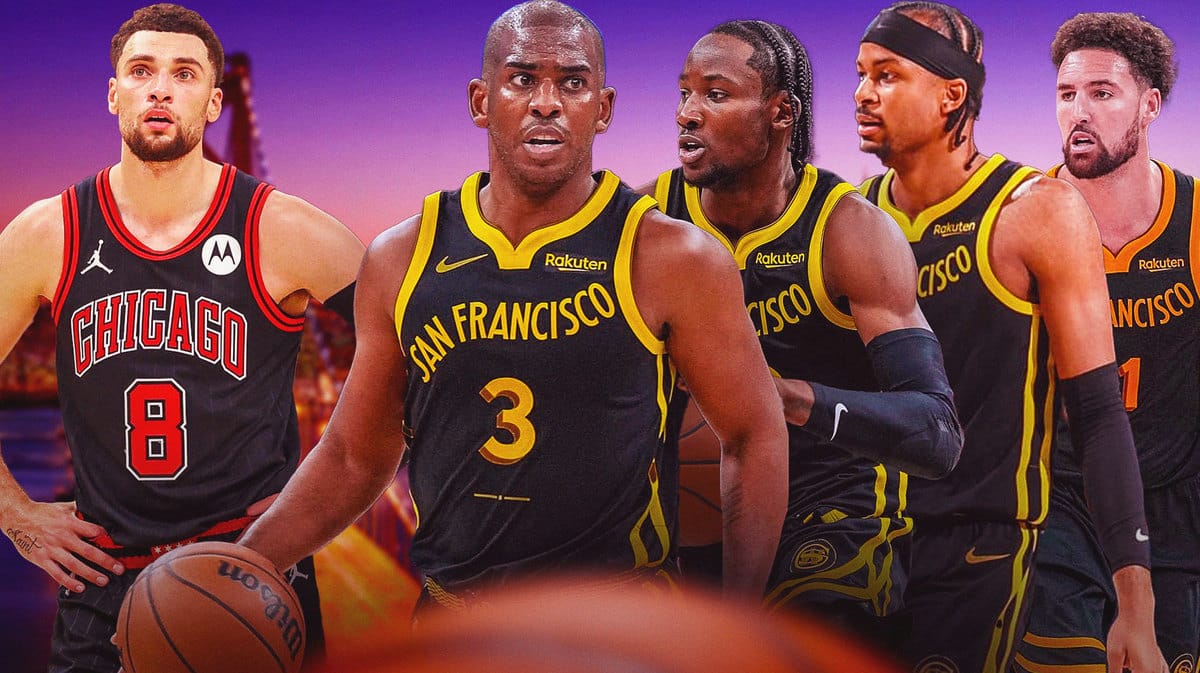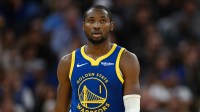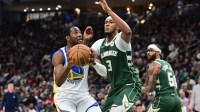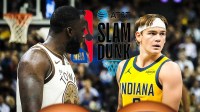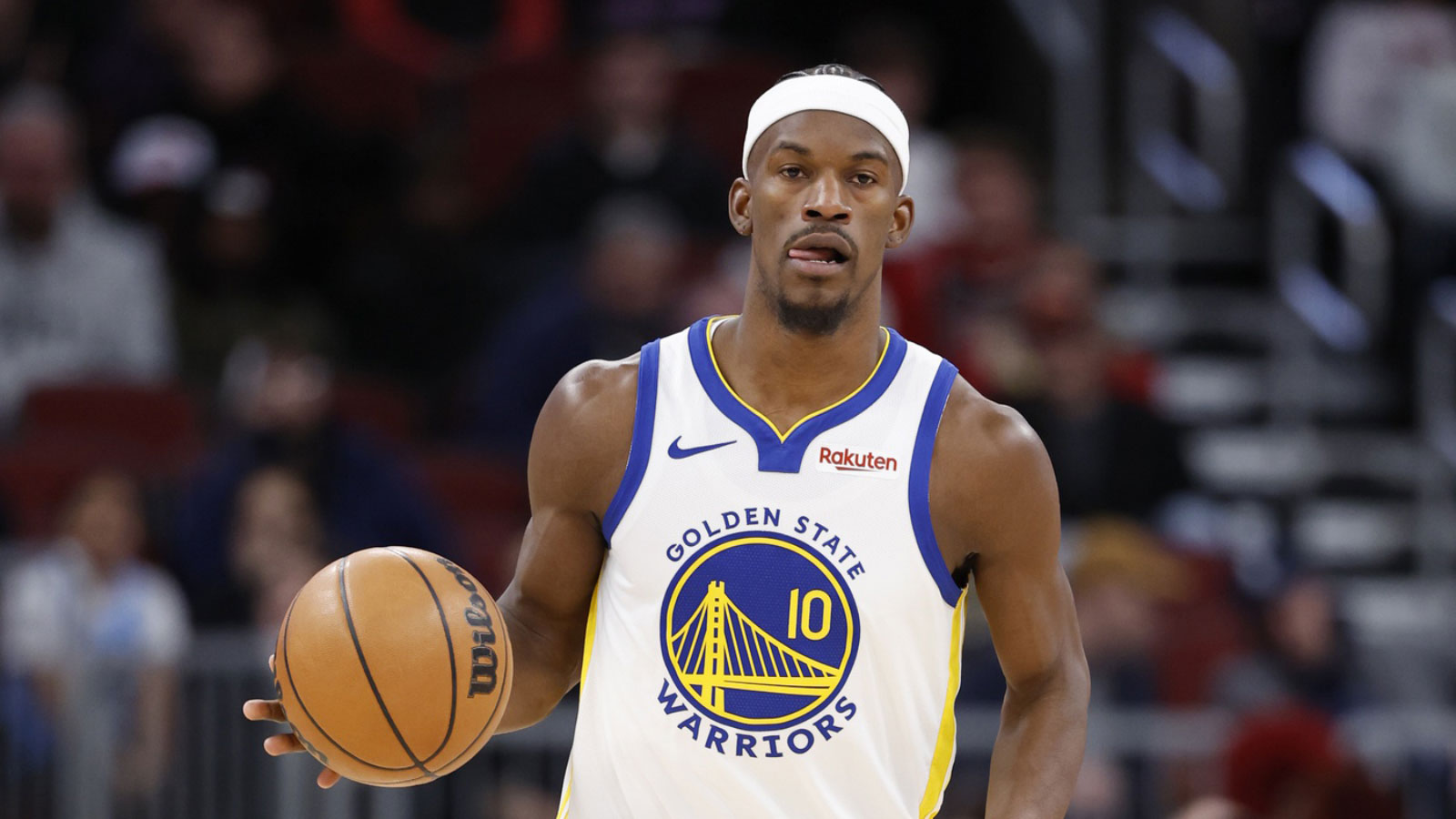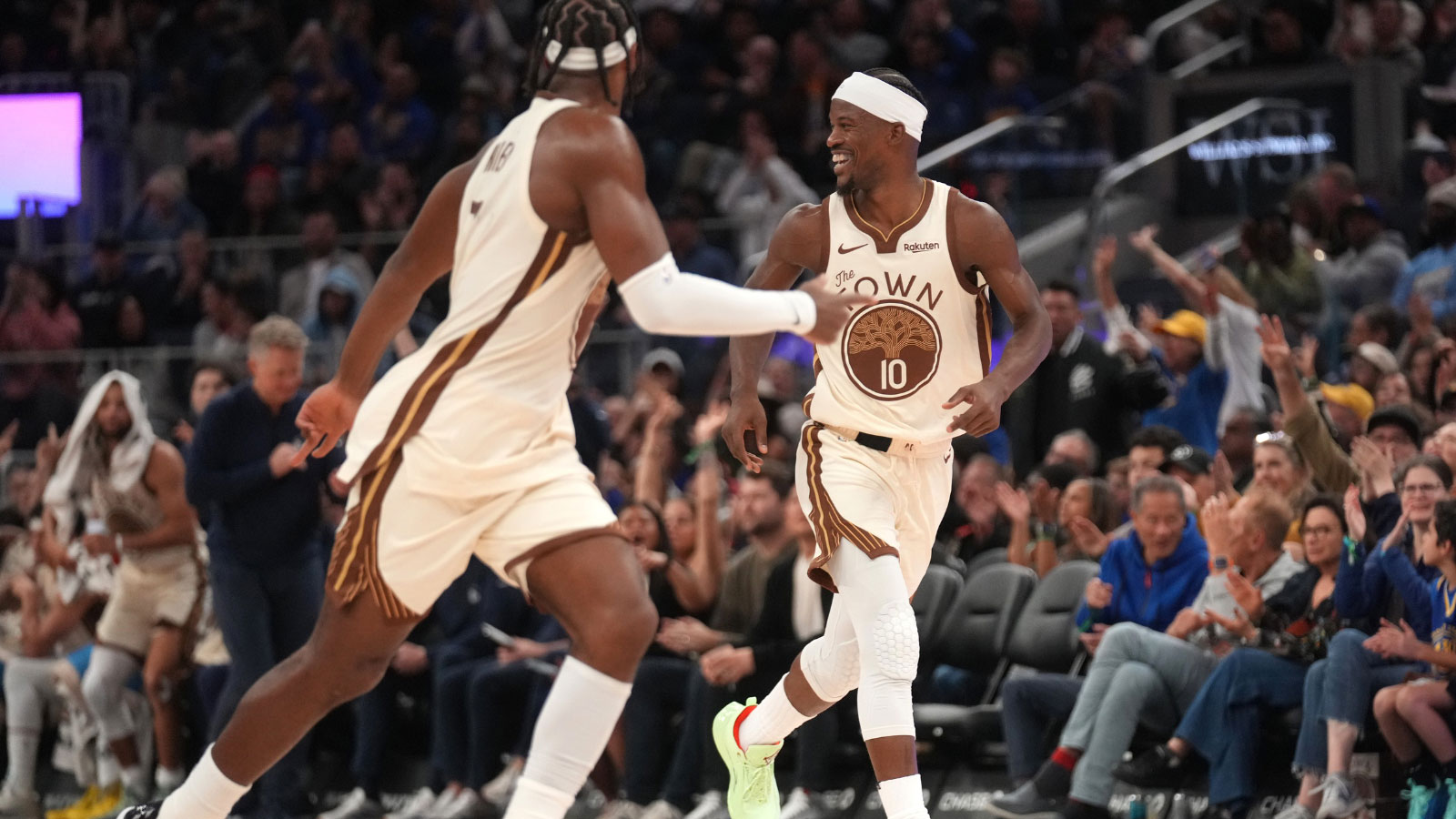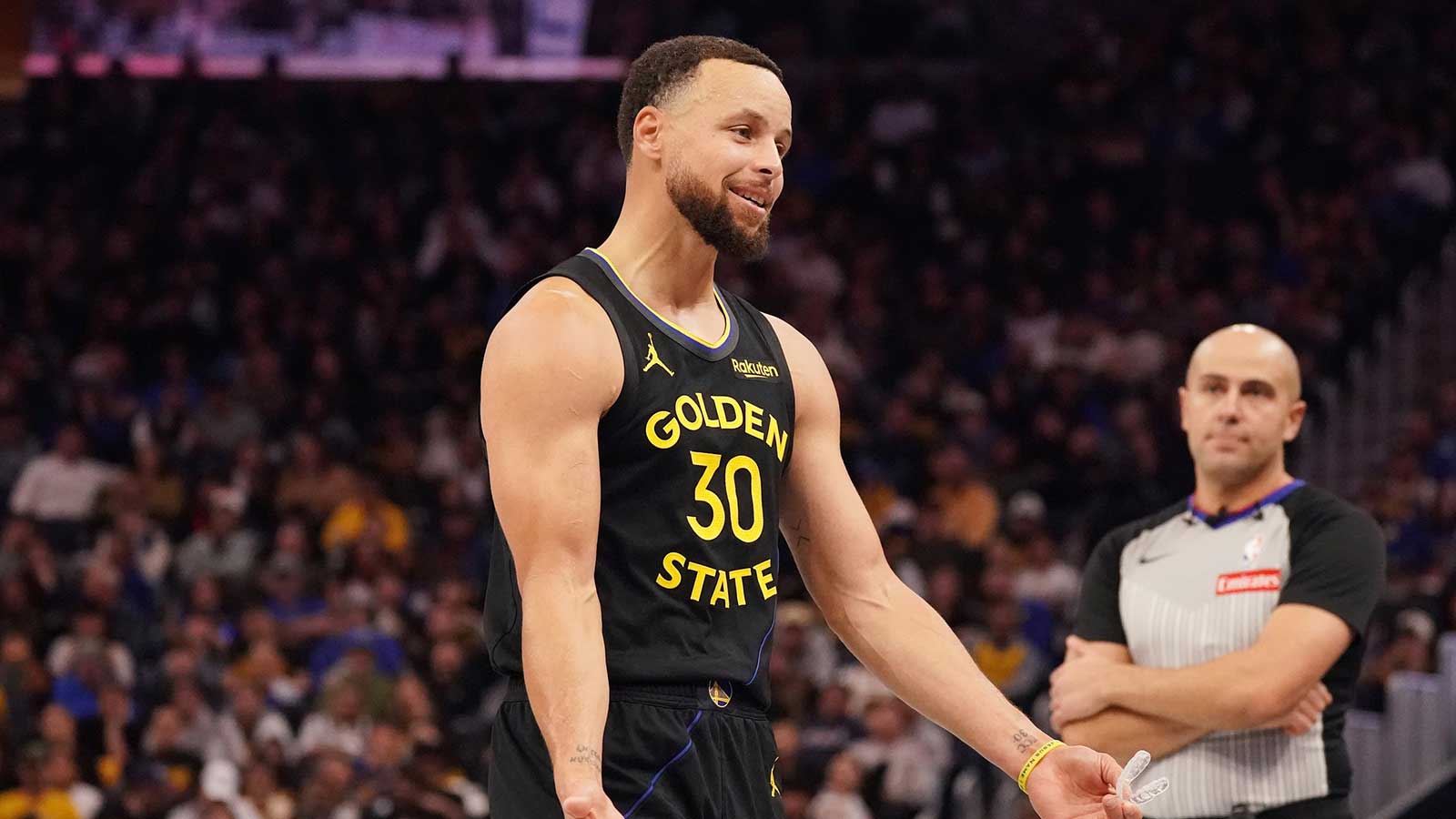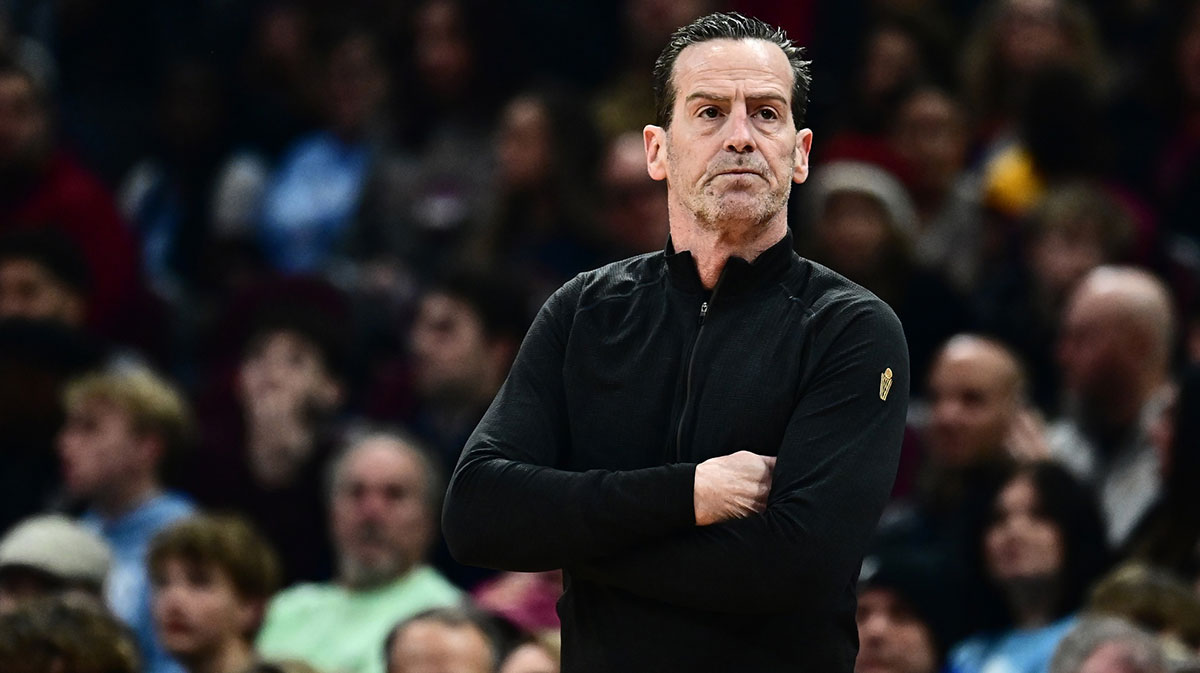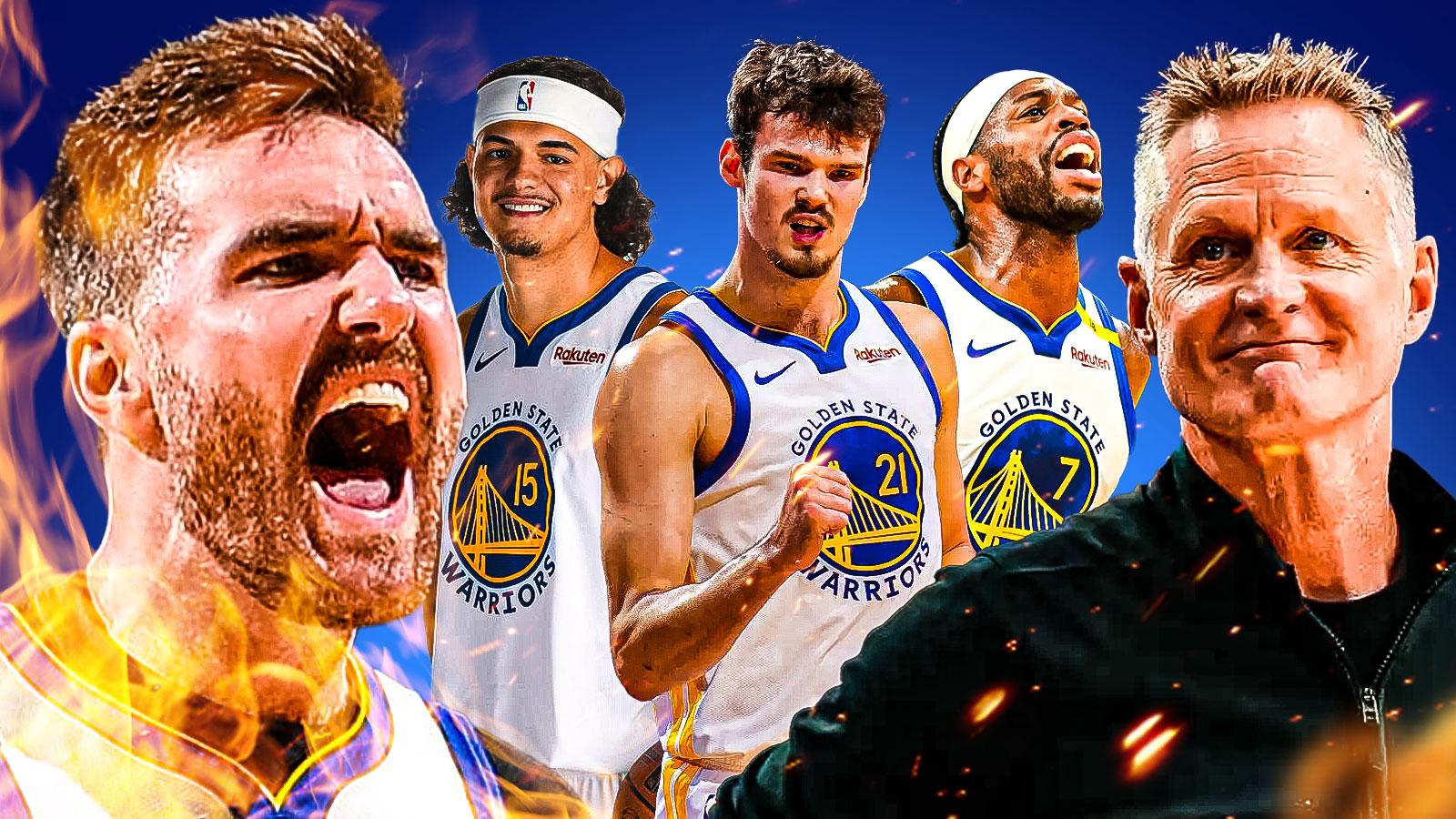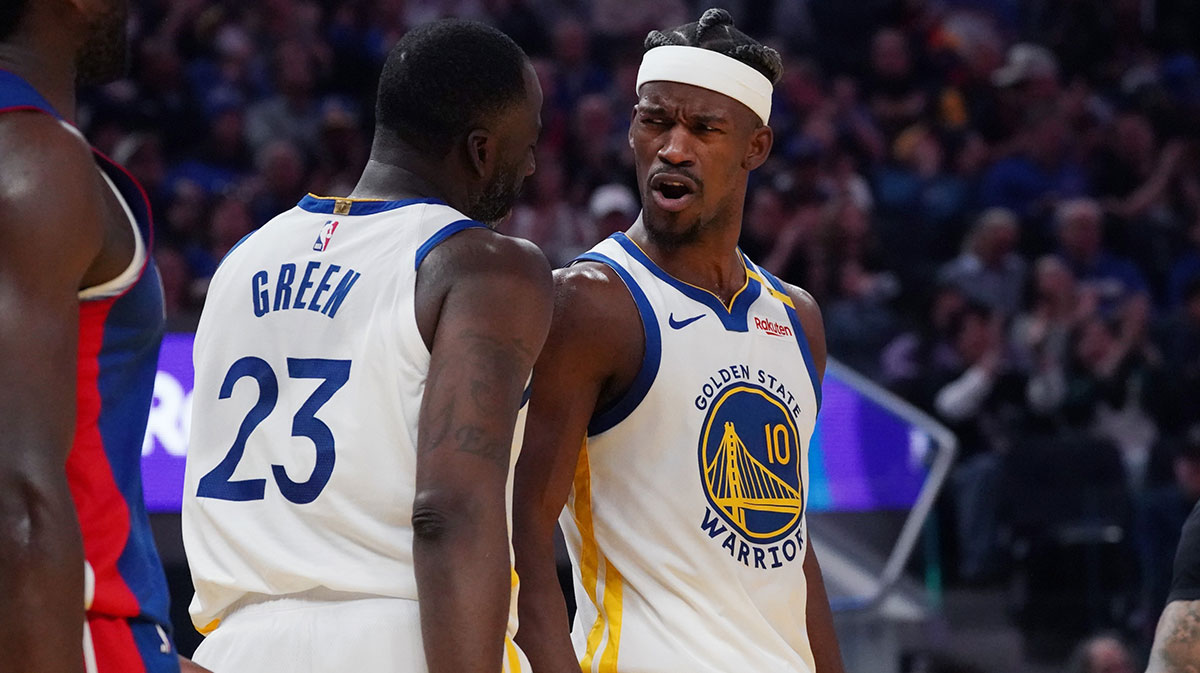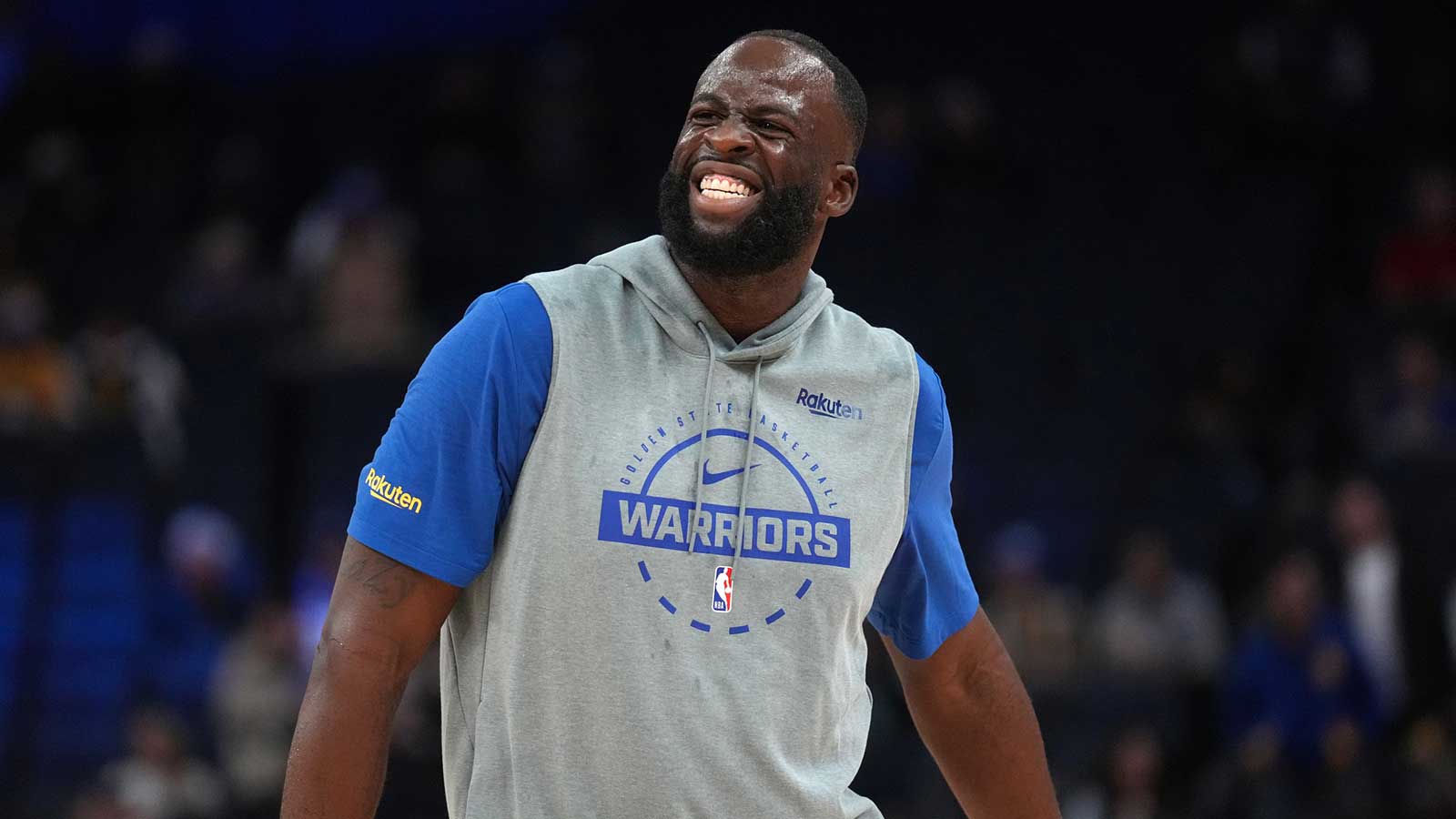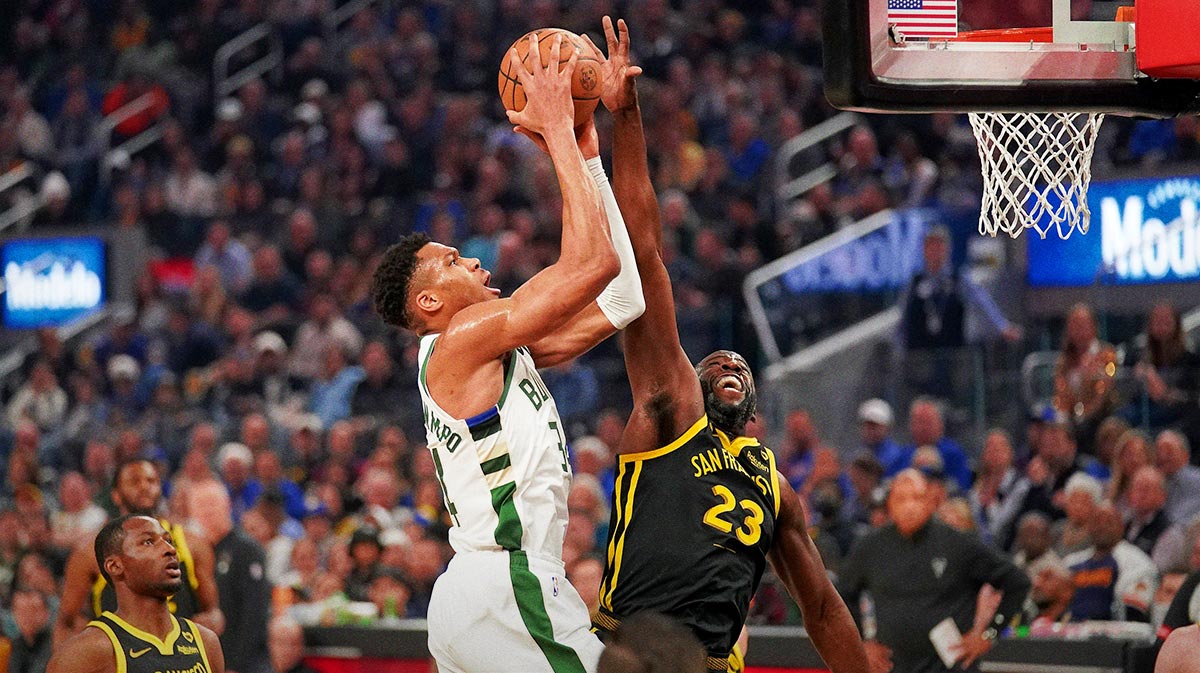There's no debating whether Zach LaVine would give the Golden State Warriors some much-needed extra scoring punch and overall offensive dynamism behind Stephen Curry. He's an elite multi-level scorer, boasting the shooting touch and quick release to consistently bend defenses with pull-up triples while also serving as an imminent to threat to turn the corner and get all the way to the rim with burst and explosiveness off the bounce. No one on the Dubs' current roster save Curry comes close to pressuring defenses at that level consistently—even when Klay Thompson and Andrew Wiggins are playing near their realistic ceilings.
Thompson and Wiggins are bound to shoot better as the season continues. The same goes for Chris Paul. He and Wiggins are two of the four worst volume three-point shooters in the league so far, both hovering just above 15% from deep, while Thompson has hit only 26.7% of his long balls that tracking data categorizes as “open” or better—down from 43.9% a year ago, per NBA.com/stats. Sample size is still small three weeks into 2023-24, and those guys are time and battle-tested veterans.
Even if age has sapped Thompson and Paul of some of their shot-making prowess and Wiggins' hot long-range start to last season proves an aberration, there's just no way they remain some of the least efficient shooters in basketball going forward. It's key to keep that reality in mind as the trade sweepstakes for LaVine heats up following reports both he and the Chicago Bulls are finally ready to part ways.
Zach LaVine isn't right short or long-term upgrade for Warriors

Golden State's offensive identity is certainly subject to inherent personnel limitations, but the team would be playing much better on that side of the ball if Thompson, Wiggins and Paul were simply shooting below-average marks from beyond the arc instead of flat-out ugly ones. Even those wholly uncharacteristic labors haven't killed the Warriors' season-long offense like recent losses to the Cleveland Cavaliers and Minnesota Timberwolves suggest. They enter Tuesday's action with a 113.4 offensive rating, good for tenth in the league.
Bringing in LaVine would push the Dubs' potential team-wide peak on that end of the floor toward the very top of the league depending on terms of the trade to acquire him. He'd be the most dangerous all-around scorer Curry has ever played with not named Kevin Durant, providing Golden State a reliable self-creator to exploit numbers advantages when Curry draws two defenders to the ball and opponents dare non-scorers like Draymond Green and Kevon Looney to launch from the perimeter or get all the way to the basket. Curry wouldn't be the Dubs' only imminently viable late-clock option, either, and LaVine's straight-line speed would juice their largely-dormant transition attack.
Could the Warriors' defensive infrastructure survive adding LaVine? The answer depends on what type of effort he's bringing on a night-to-night basis and who's on the floor to insulate his weaknesses. LaVine's presence would no doubt give opponents a new weak point to target when the game slows down in crunch-time or superstar ball handlers decide to take matters into their own hands, though. He could pose even bigger problems away from the ball, especially for a team like Golden State that demands precise activity from help defenders.
But those layered on-court developments distract from the biggest reason why LaVine just isn't the right upgrade for the Warriors. He's on the books for about $138 million over the next three seasons, including a $48.9 million player option for 2026-27 he'll either decline for a bigger payday in free agency or pick up as longstanding knee issues only worsen into his early 30s. An extension for LaVine before that final season definitely wouldn't come much cheaper.
What about Jonathan Kuminga and Moses Moody?
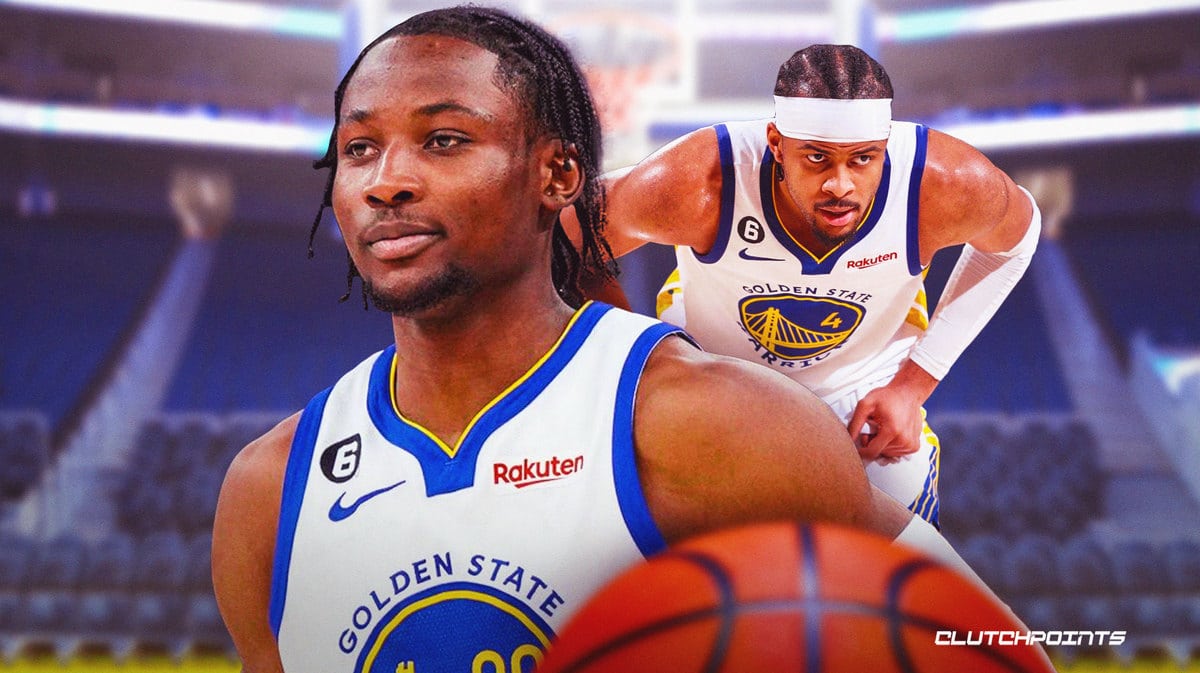
Remember the Dubs' main justification for the Paul trade? It wasn't moving on from Jordan Poole or even finally stabilizing non-Curry lineups and widespread turnovers woes, but accomplishing those goals while maintaining as much financial flexibility as possible. Paul's $30 million salary for next season is completely non-guaranteed. The Point God was always a one-season rental for the Warriors barring the type of individual and team success that prompted him to re-up next summer in free agency on a major paycut.
It's obviously increasingly likely that Thompson—jarring as it would be—isn't in Golden State's long-term plans should his struggles persist. He'll be a free agent come July unless both sides suddenly find common extension ground neither came close to seeing while negotiating over the offseason and into training camp.
Would making Thompson the financial centerpiece of a LaVine trade really be the Warriors' best path forward as the twilight of Curry's career comes closer and closer? He'd be more expensive than a re-signed Thompson, posing more defensive questions next to Curry while still existing as a looming health risk. Parting ways with Paul as that necessary salary ballast would be more attractive for Golden State, leaving the front office to deal with Thompson's uncertain future this summer.
But Chicago would have no interest in moving LaVine for an aging, declining veteran on an expiring contract even with the carrot of a 2028 first-round pick. The Bulls would surely ask for both Jonathan Kuminga and Moses Moody in packages revolving around Thompson or Paul, sapping this season's Dubs of depth and stylistic flexibility while leaving the roster bereft of high-end developing talent.
Rock-solid rookies Brandin Podziemski and Trayce Jackson-Davis project as valuable role players. Maybe that's the end result for Kuminga and Moody, too, but they're at least the type of multi-faceted wings who make constructing winning lineups far easier against top competition in the playoffs.
It's not too early for the the Warriors to mull major changes, even with Thompson, Wiggins and Paul inevitably set to regress to their more positive means. Curry turns 36 in March, and is still good enough to be the best player on a title team. Time is wasting. Acting with too much haste by pushing chips in for LaVine before more top-tier trade candidates emerge could make matters worse for Golden State not just in 2023-24, though, but the final seasons of Curry's career.
The Dubs need to shove early-season frustrations aside and resist the urge to make LaVine their win-now upgrade. As the 82-game grind wears on, superior basketball and financial fits will materialize—if the Warriors still need them leading up to the February 9th trade deadline, that is.

